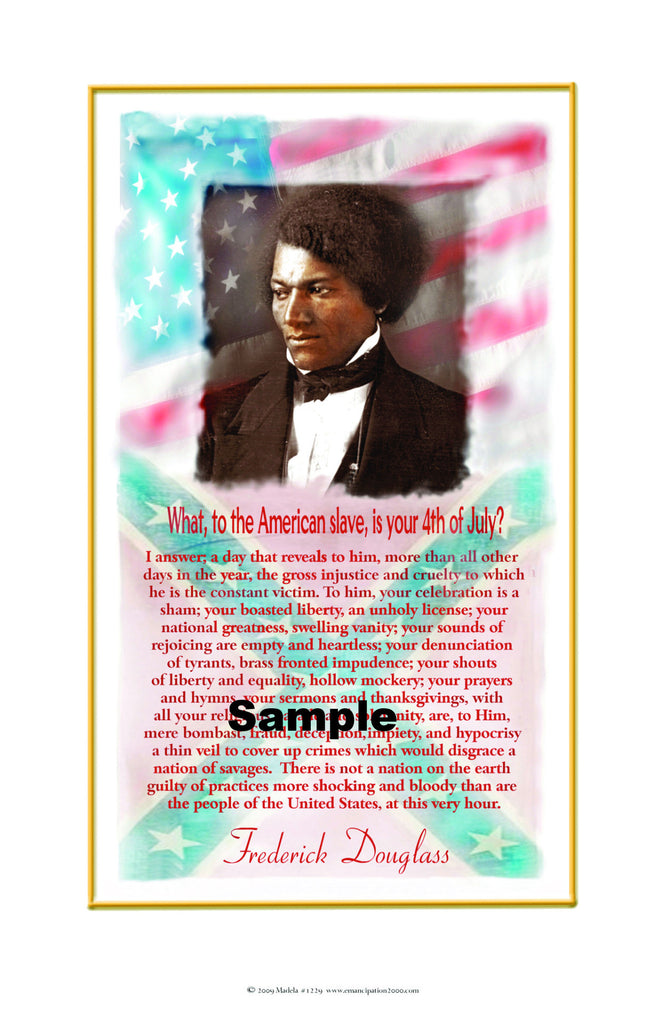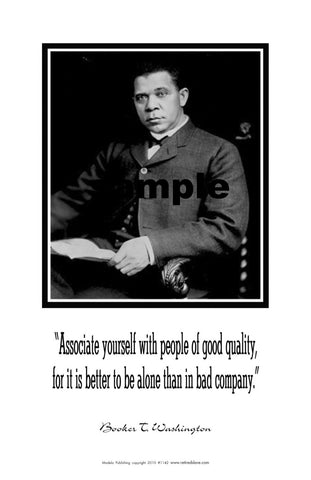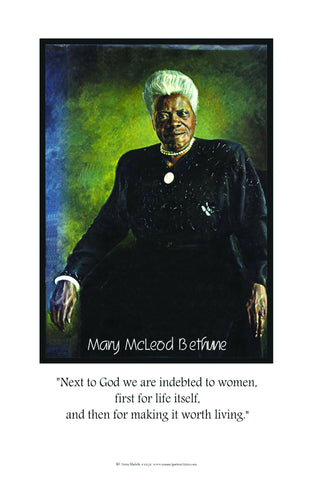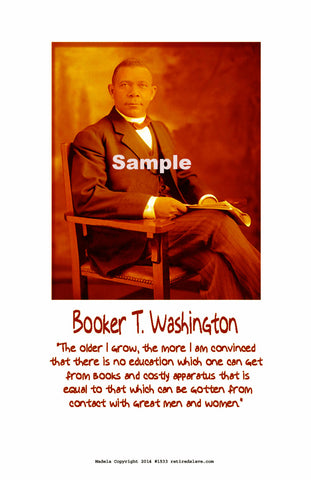Frederick Douglass #1229
$ 10.00
Caption from poster__
" What To The Slave Is The 4th Of July? "
" I answer: a day that reveals to him,
more than all other days in the year,
the gross injustice and cruelly to which
he is the constant victim. To him,
your celebration is a sham; your
boasted liberty, an unholy license; your
national greatness, swelling vanity; your
sounds of rejoicing are empty and
heartless; your denunciations of tyrants,
brass fronted impudence; your
shouts of liberty and equality, hollow
mockery; your prayers and hymns,
your sermons and thanksgivings, with
all your religious parade, and solemnity,
are, to him, mere bombast, fraud,
deception, impiety, and hypocrisy - a thin
veil to cover up crimes which would
disgrace a nation of savages. There is
not a nation on the earth guilty of
practices, more shocking and bloody,
than are the people of these
United States, at this very hour."
Frederick Augustus Washington Bailey, who later became known as Frederick Douglass, was born a slave in Talbot County, Maryland near Hillsboro. He was separated from his mother, Harriet Bailey, when he was still an infant. She died when Douglass was about seven years old. The identity of Douglass' father is obscure; Douglass originally stated that his father was a white man, perhaps his master, Captain Aaron Anthony, but later said that he knew nothing of his father's identity. When Anthony died, Douglass was given to Mrs. Lucretia Auld, wife of Captain Thomas Auld. Mrs. Auld then sent Douglass to Baltimore to serve the Captain's brother, Hugh Auld. When Douglass was about twelve, Hugh Auld's wife, Sophia, broke the law by teaching Douglass some letters of the alphabet. Thereafter, as detailed in his Narrative of the Life of Frederick Douglass, an American Slave (published in 1845), Douglass succeeded in learning to read from white children in the neighborhood in which he lived, and by observation of writings of the men with whom he worked. Douglass later referred to the lessons he received from Sophia Auld in his first abolitionist speech. In 1833, Auld sent him to work for Edward Covey, a poor farmer who had a reputation as a "slave-breaker," where he was whipped regularly. In 1837, Douglass met Anna Murray, a free African-American, in Baltimore while he was still held in slavery. They were married soon after he obtained his freedom; Douglass escaped slavery on September 3, 1838 boarding a train to Havre de Grace, Maryland dressed in a sailor's uniform and carrying identification papers provided by a free black seaman. After crossing the Susquehanna River by ferry boat at Havre de Grace, Douglass continued by train to Wilmington, Delaware. From there Douglass went by steamboat to "Quaker City"—Philadelphia, Pennsylvania. His escape to freedom eventually led him to New York, the entire journey taking less than twenty-four hours.




